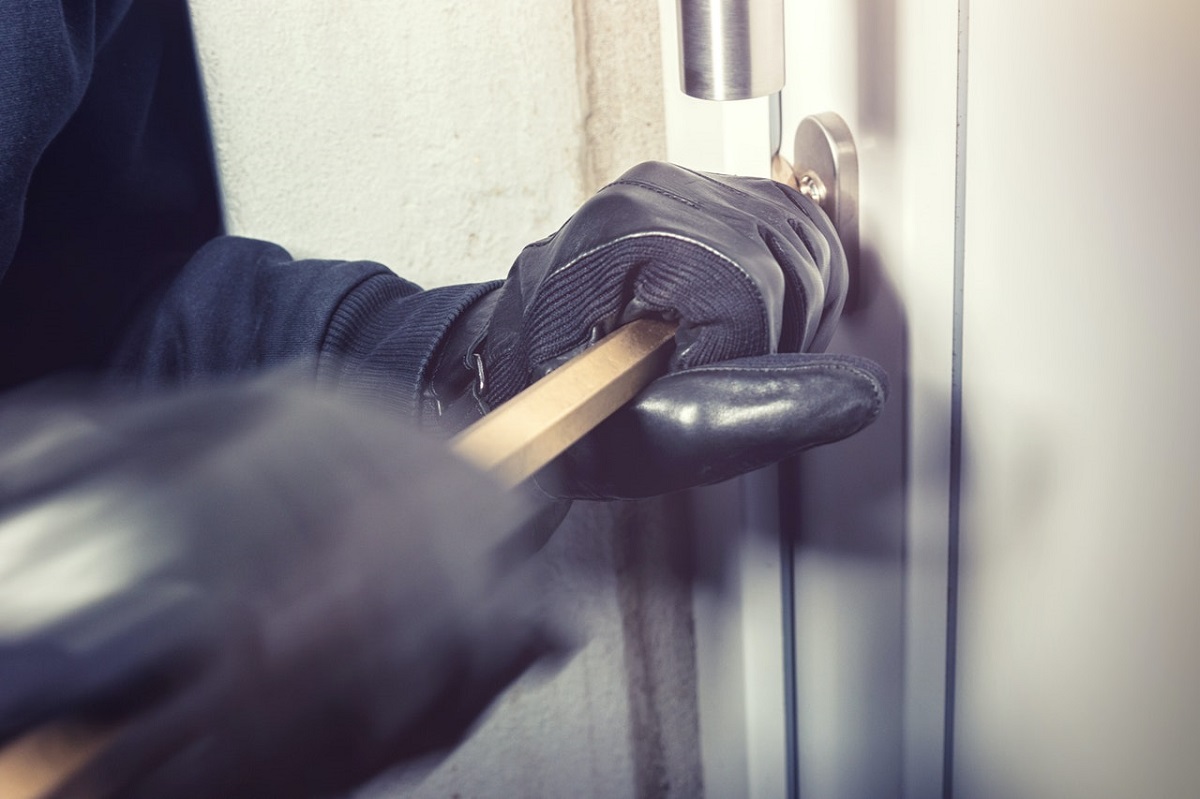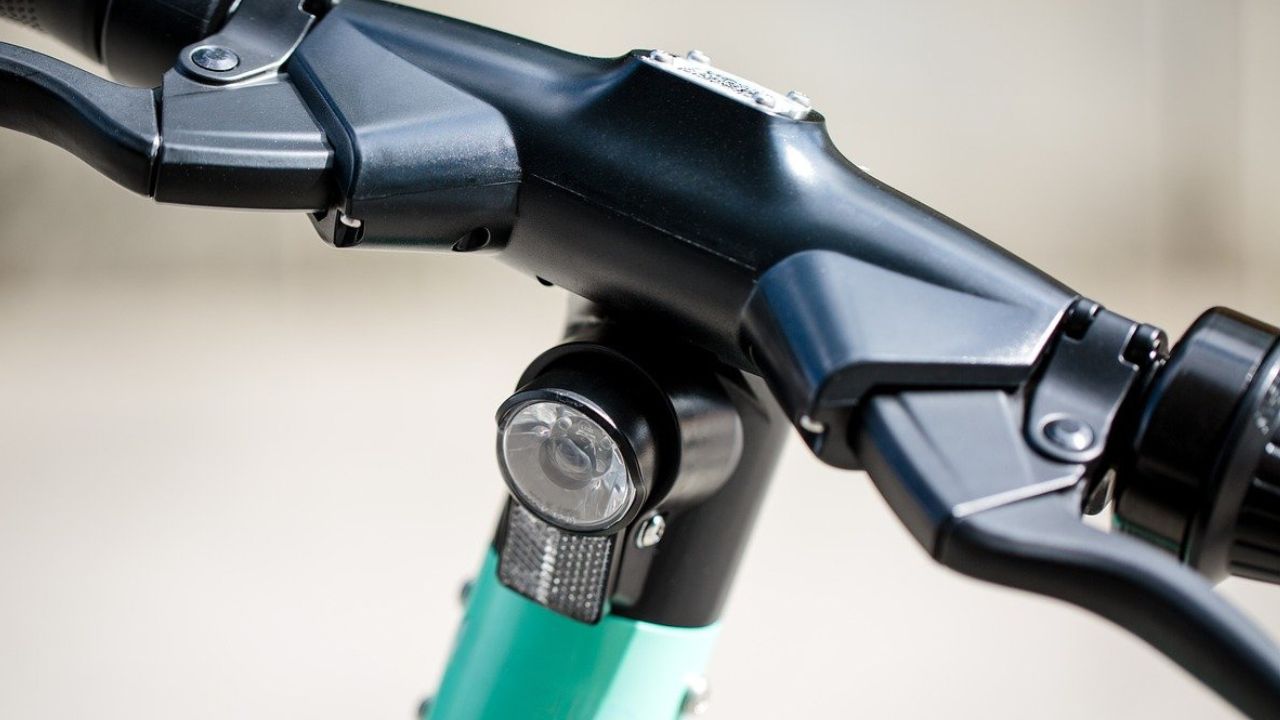For several years, citizens in Germany have been investing more and more in tangible assets such as watches, jewelery and precious metals. But where do Germans store their valuables and how are they insured in the event of burglary?
In the case of jewelery and watches in particular, there is often a desire to store valuables at home. After all, who wants to drive to the bank just to change jewelry or a watch? And some gold owners prefer to hoard their precious metal in their own four walls for fear of access restrictions.
However, keeping it at home comes with risks. The danger of burglaries should not be underestimated. When it comes to protecting valuables stored at home, many people mostly rely on their existing household contents insurance without checking it. In the event of a claim, this unfortunately all too often turns out to be a mistake. Because when insuring valuables, certain special features must be observed.
Prorated Coverage
In principle, valuables such as cash, watches, jewellery, diamonds and precious metals are included in the coverage of household contents insurance. But there are various limitations.
First of all, valuables are not insured indefinitely as part of the sum insured, but are always limited as a percentage. As a rule, the limit for insured valuables is 20% of the household contents insurance sum. The household contents insurance sum is usually set at a flat rate of EUR 650 per m2 determined. An apartment with 100 m2 would be insured with a flat rate of 65,000 euros. The valuables portion would then amount to 13,000 euros. In addition, there is often a maximum amount of around EUR 20,000.
However, as part of so-called premium concepts, some insurers also offer higher sums or quotas. The share of valuables can then be increased to up to 50%. In return for these increases, the insurer usually demands that the safety standards in the house and apartment be improved. Depending on the amount of valuables, this can mean installing additional window locks or even purchasing a safe and a burglar alarm system.
Underinsurance & Underinsurance Waiver
The sum insured for household contents should definitely be sufficiently high. In general, people tend to underestimate the value of all (!) household effects. In the event of damage, the trained appraiser recognizes very quickly if the sum insured has been set too low. The insurer may then reduce the damage as a percentage of the existing underinsurance.
Not relevant for me, one or the other policyholder may think. After all, I have an underinsurance waiver clause in my contract. If such an agreement has been made, the insurer waives a certain minimum sum insured per m2 (currently mostly 650 euros) on the objection of underinsurance and reimburses damages up to the sum insured. However, if the damage exceeds the sum insured, the policyholder is left with the rest of the damage.
That’s why you should not only make the effort to determine a realistic sum insured for your household when you take out household contents insurance. Rather, one should check the insured sum and the value of the current household contents at regular intervals. New acquisitions in particular add up over the years. And the increased prices of valuables will i. i.e. R. clearly underestimated.
Nobody should shy away from the potential additional premium for corresponding adjustments to the sum insured. After all, the household goods division is one of the few insurance divisions that have become cheaper rather than more expensive in recent years. The additional premium for an additional sum insured of 10,000 euros is around 20 euros per year.
By the way: Although cash is covered by the valuables cover in household contents insurance, there is usually a sum limit in the contracts. Even premium household tariffs cover here i. i.e. Usually a maximum of 3,000-4,000 euros. Incidentally, this also applies to many insurers when it is stored in a safe!
storage
In addition to the correct sum insured, the good pieces must be stored in accordance with the contract. For example, many home insurance companies require valuables, including watches and jewelry, to be stored in a safe. This applies in particular to high-quality individual items with an individual value of more than 5,000 euros.
But even if the jewelry is stored in a safe or bank deposit box, this does not automatically mean that you are on the safe side. When storing at home, the insurer usually requires a safe with the appropriate security classes. Safes for a few hundred euros from the hardware store or discounter next door often do not meet these security classes.
Accordingly, the safe should be purchased from a specialist retailer, taking into account the tariff conditions. If the security class is wrong, there is no insurance cover if the worst comes to the worst.
At first glance, storing valuables in a safe deposit box seems to be a cheaper alternative to having your own safe. However, more and more banks do not insure valuables stored in safe deposit boxes. And many home contents plans don’t cover valuables stored in a bank’s safe deposit box on the standard plan.
It is therefore advisable to check both the bank’s conditions for the safe deposit box and the coverage of the home insurance. After all, statistically speaking, a safe deposit box is by no means as secure as it might appear.
obligation to provide evidence
In the case of a burglary, the burden of proof of the damage that has occurred lies with the injured party. That is, the injured party must be able to demonstrate that he was actually in possession of the gold coin, jewelry, watch, etc. The proof of purchase for the valuables can serve as proof. This should therefore be kept (safely). Ideally, not together with the valuables, so that the receipt is not stolen by the thieves.
It is also advisable to take additional photos of the valuables. Especially for valuables that z. B. were inherited or for which no proof of purchase (any longer) is available. Ideally provided with a proof of date and, in the case of precious metals, always with a recognizable serial number. In the case of correspondingly expensive pieces of jewelery without an invoice, it is advisable to also obtain an appraisal from a jeweler or appraiser.
tariff selection
Up to a household contents insurance sum of 250,000 euros (valuables up to 50,000 euros), standardized household contents tariffs can offer good cover for valuables kept at home. However, you should always pay attention to the individual clauses. These differ greatly in detail. For example, a few insurers offer the option of storing up to EUR 50,000 of valuables outside of safes, while others set the limit at just EUR 5,000.
The insurance market is very manageable for high-quality household goods above the stated sum. If a provider is found for these high sums, he will ultimately no longer calculate according to tariff, but mostly individually.
Conclusion
If you have the relevant property, you should take the time to thoroughly check your home contents insurance coverage in the event of burglary. In the case of higher values in particular, the types of cover on the market differ considerably and sometimes offer major hurdles and gaps that can lead to a rude awakening in the event of a claim. If you don’t want to do the Sisyphean task for yourself, you can choose to go to a specialized and independent insurance broker.
Erik Altmann
Check out our magazines for more helpful articles about insurance.
Photo of Rafael Classen rcphotostock.com von Pexels
–


